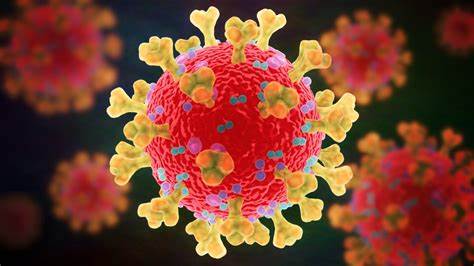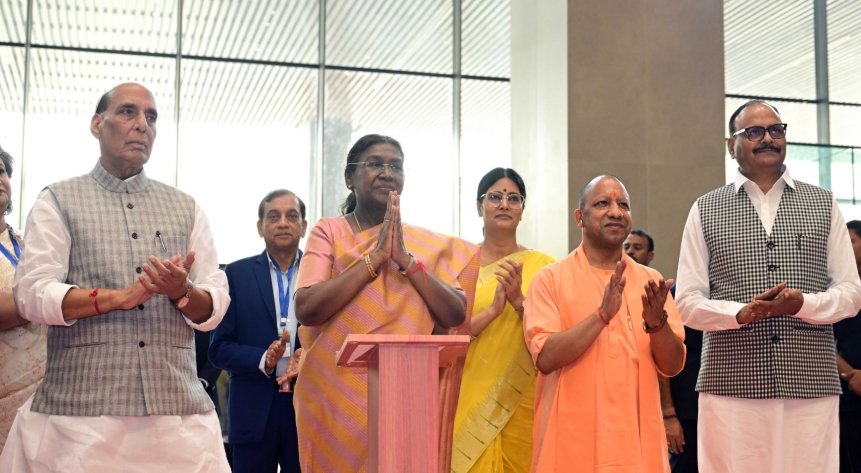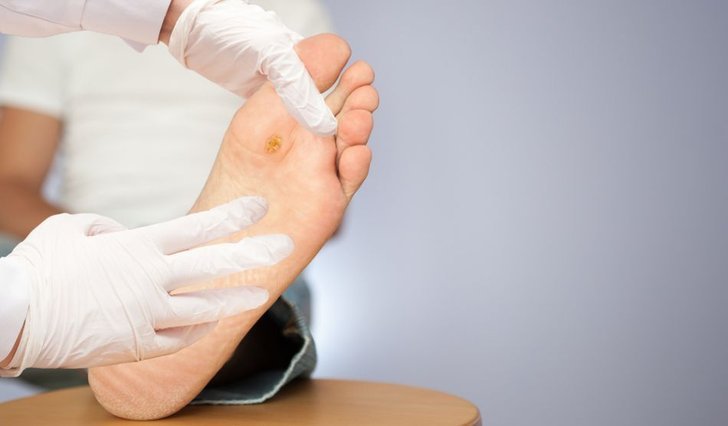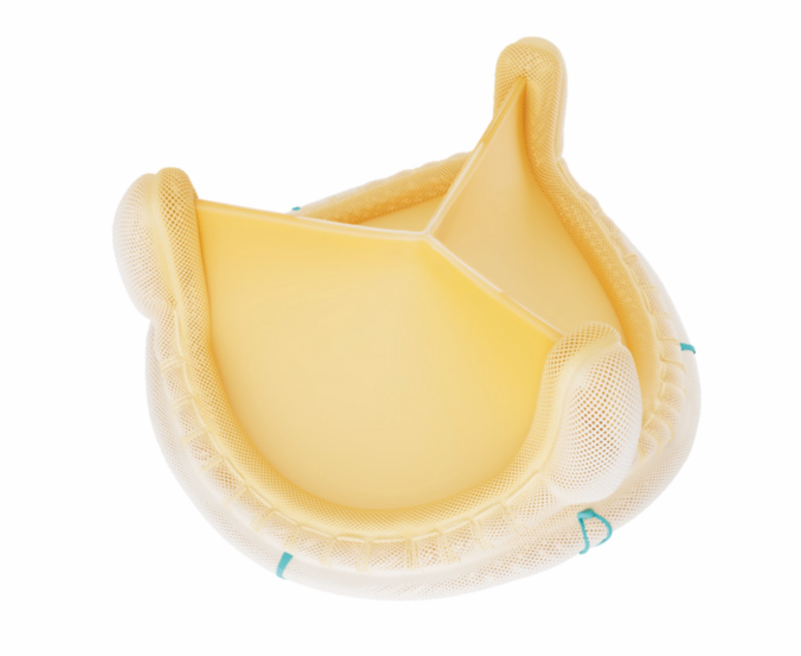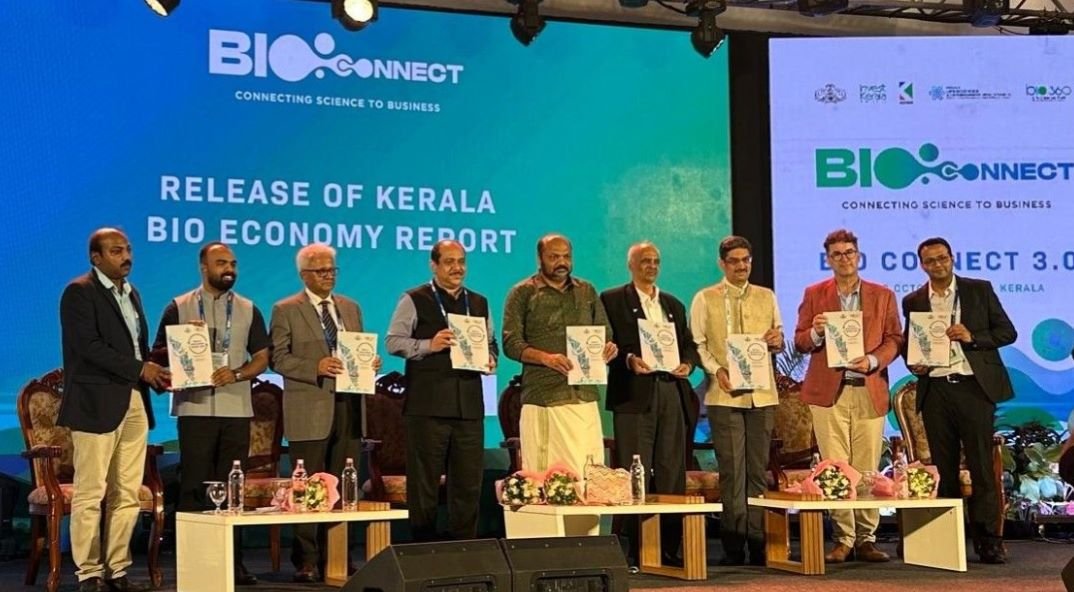IIT Guwahati harnesses clay sedimentation to identify and measure coronavirus
June 06, 2025 | Friday | News
The method can be extended to detect other viruses such as the Newcastle Disease Virus
image credit- shutterstock
Researchers at the Indian Institute of Technology Guwahati (IIT-G) have developed a novel method for detecting and measuring the amount of SARS-CoV-2, the virus that causes COVID-19.
The innovative approach is based on how quickly a clay-virus-electrolyte mixture settles; a process commonly known as sedimentation, offering a simple and affordable alternative to the complex and expensive methods currently in use for virus detection.
Previous studies have shown that clay particles can bind with viruses and bacteriophages, making it a promising material for virus detection.
The research team focused on how Bentonite clay interacts with virus particles in a salt environment. The research team found that a coronavirus surrogate and Infectious Bronchitis Virus (IBV) bind to the negatively charged clay surfaces at a controlled room temperature and a neutral pH of 7.
The research team validated their findings using established virus-detection methods including plaque assay for a coronavirus surrogate and RT-PCR for IBV. The developed technique produced accurate results in comparison to the standard detection methods, reinforcing its reliability.
Notably, the method can be extended to detect other viruses such as the Newcastle Disease Virus (NDV), which affects poultry and causes major losses in farming industry.
This development holds great promise for improving how viral outbreaks are monitored and controlled, especially in regions where expensive lab equipment and trained personnel are not readily available. With further refinement, the method could be adapted for use in field kits or simple laboratory setups, making virus detection more accessible and efficient in future public health emergencies.
As the next step, the research team is planning to collaborate with industry partners with medical facilities for clinical trials for SARS-Cov-2 and other viruses. By partnering with industry, the research team hopes to leverage the resources and expertise necessary to conduct robust clinical trials and ultimately contribute to the global effort to combat viral infections.


